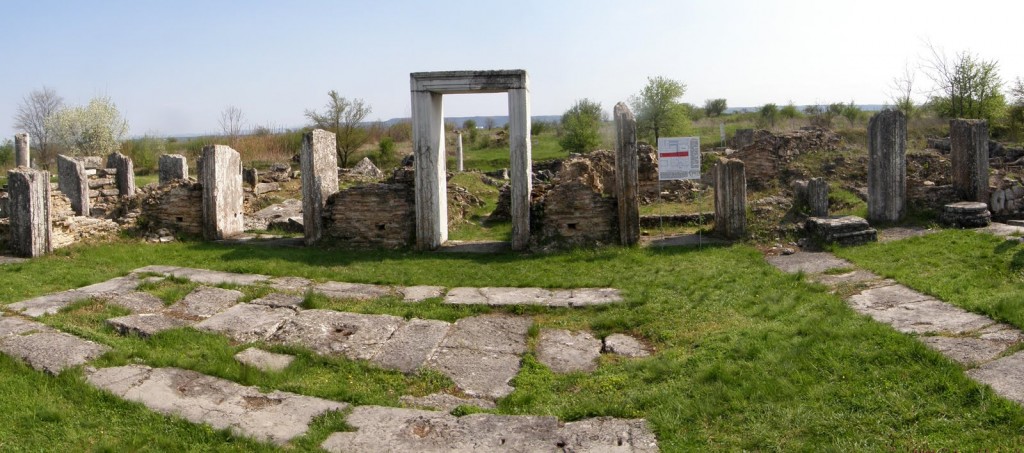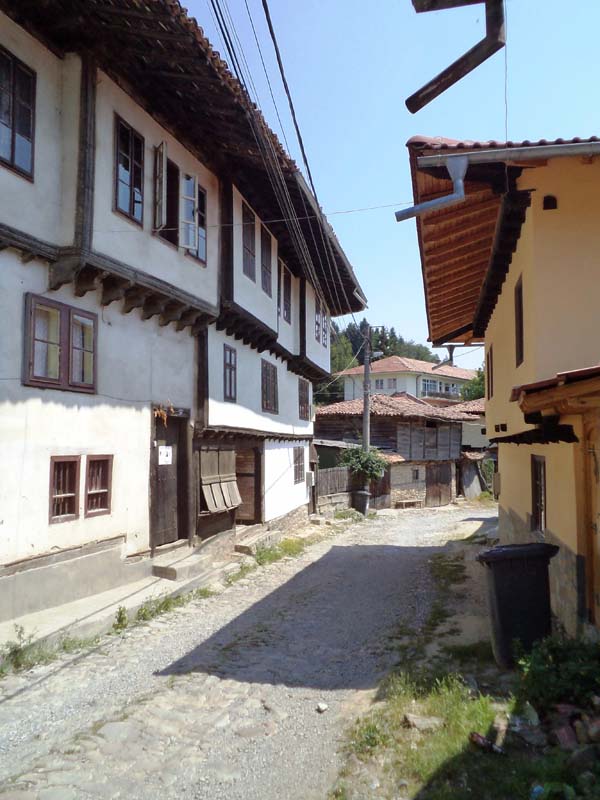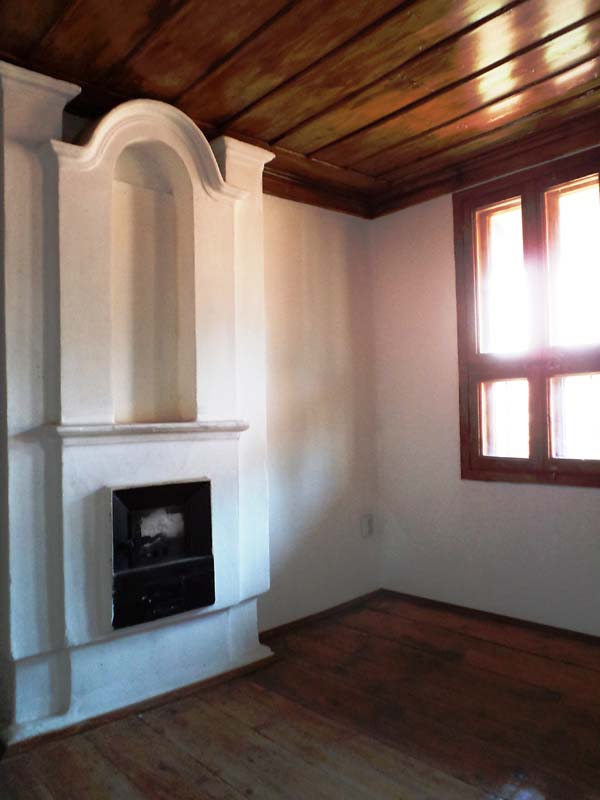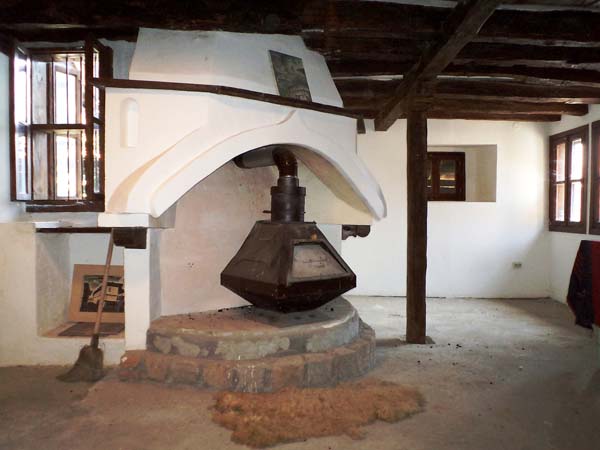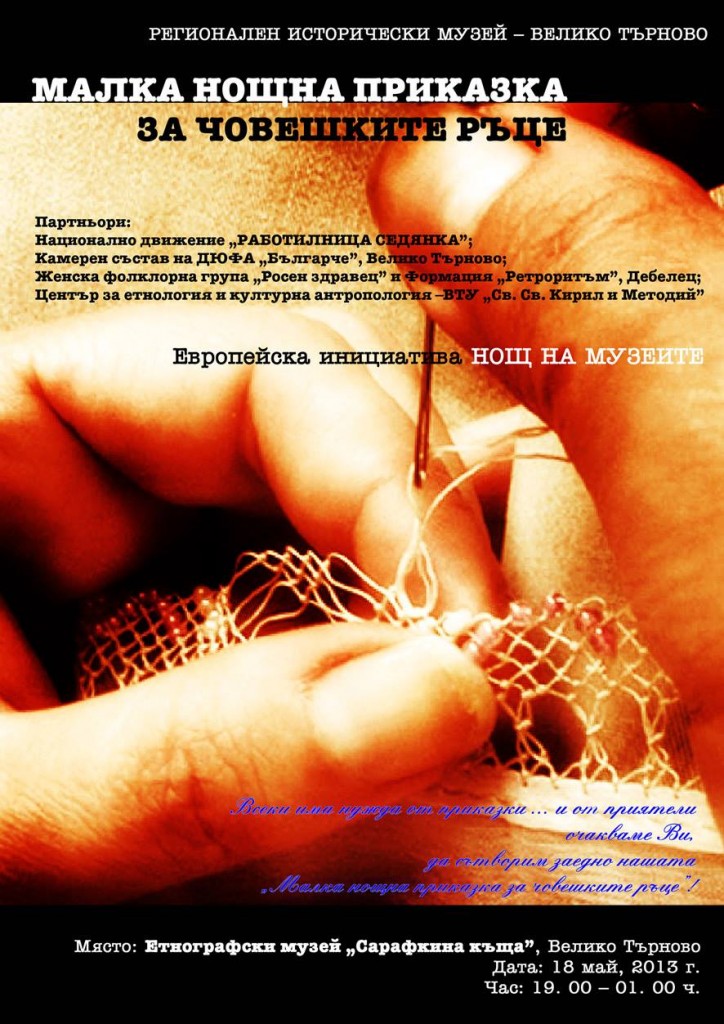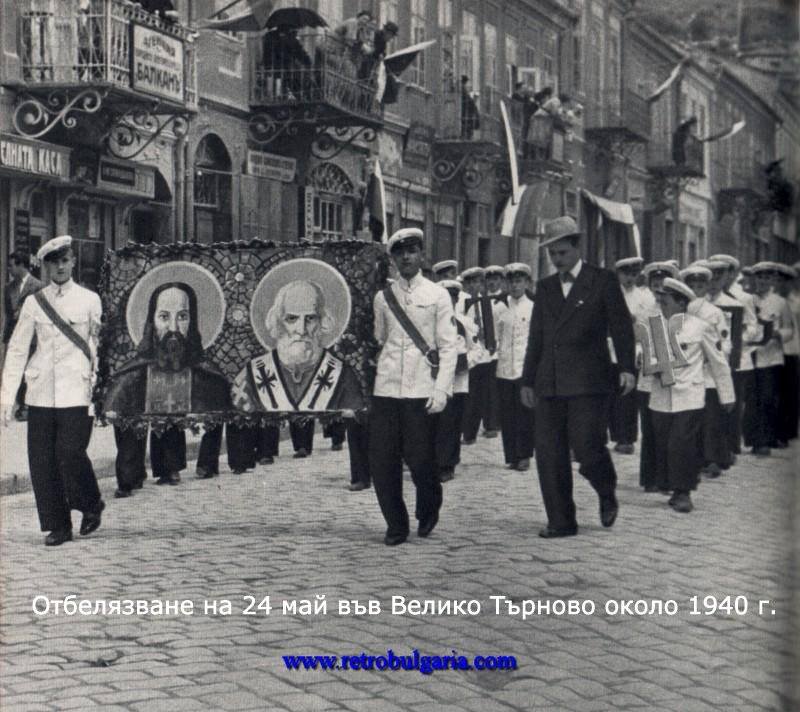
Festive procession on May 24, 1940s
Veliko Tarnovo and the rest of Bulgaria celebrate St. Cyril and St. Methodius Day tomorrow with a range of events.
The day is a public holiday and is known as the Bulgarian Education and Culture, and Slavonic Literature Day. On this day Bulgaria celebrates in Bulgarian culture, education and the creation of the Glagolitic alphabet by the two brothers Cyril and Methodius.
Saints Cyril and Methodius are patrons of the National Library of Bulgaria and generally patrons of educational institutions in Bulgaria. They are the patrons of the University of Veliko Tarnovo, which carries the saints names.
Indeed, saints Cyril and Methodius are the most celebrated saints in the Bulgarian Orthodox Church, and icons of the two brothers can be found in almost every church.
The events programme for the day in Veliko Tarnovo includes:
10,00 h. – Festive procession, dedicated to the 24 May – Day of Bulgarian Education and Culture – from Velchova Zavera (Hotel Yantra) square to Konstantin Kisimov theatre
11,00 h. – Ceremony for award of „24 May” and „St. Patriarch Evtimyi” awards of Veliko Tarnovo Municipality – in front of Konstantin Kisimov Music and Drama Theatre
18,00 h. – Parade of the 2013 school graduates – along Vasil Levski Str., from Konstantin Kisimov theatre to Veliko Tarnovo Municipal building
21,30 h. – “Sound and Light” show at the Tsarevets Castle

